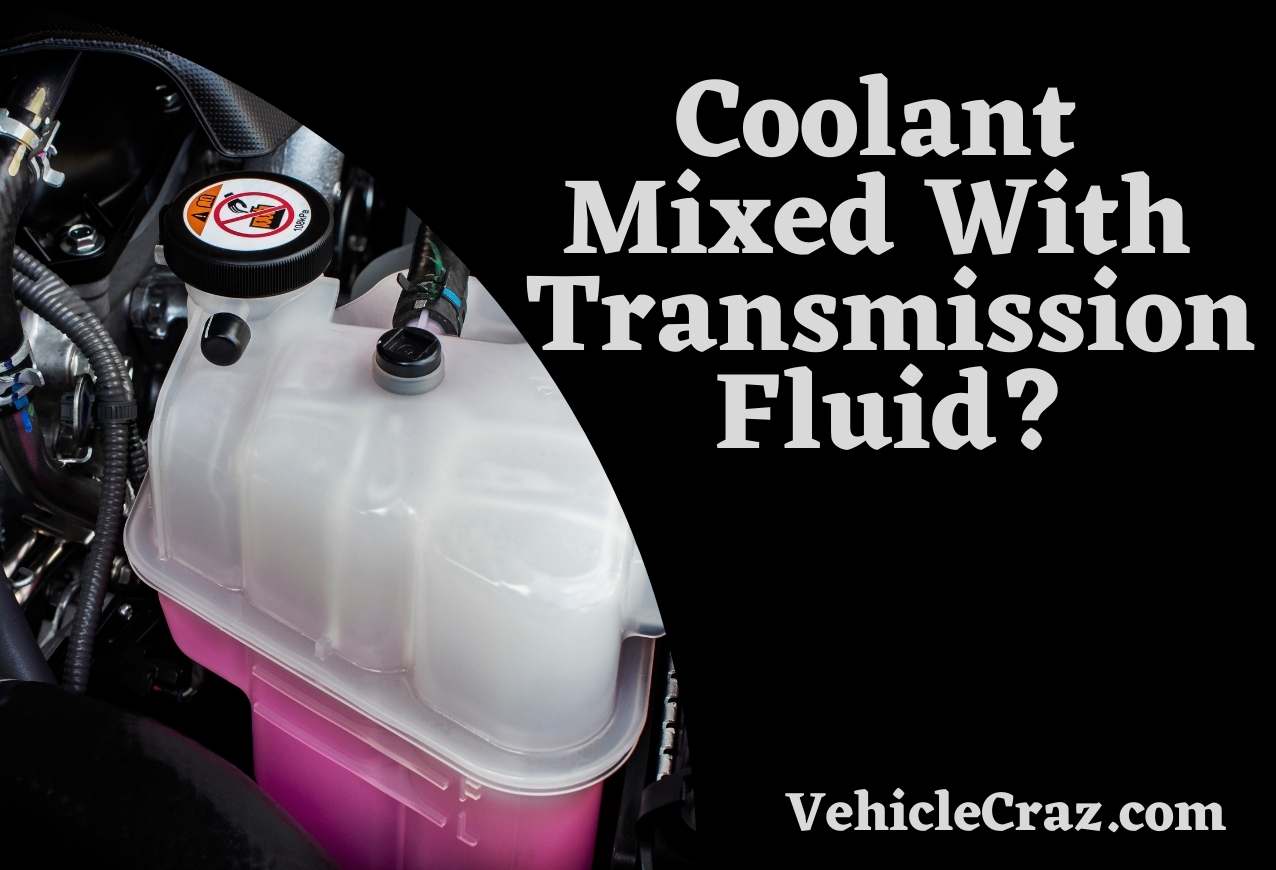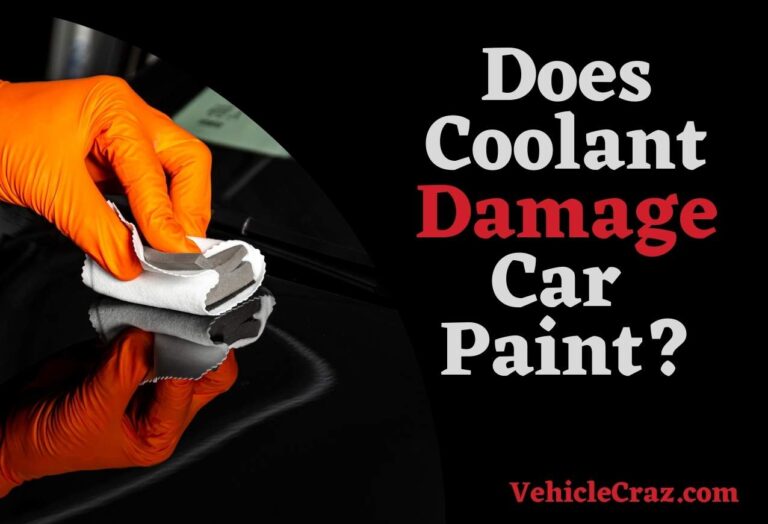Coolant Mixed With Transmission Fluid? [Causes And Fixes]
Coolant mixing with transmission fluid is a serious issue that can lead to significant damage to your vehicle’s transmission. This article will explain the causes and what you should do in order to fix the issue. Let’s get going.
How Can Coolant Mix With Transmission Fluid?
Coolant mixing with transmission fluid can occur due to several reasons. Here we have listed them for you.
Internal Transmission Cooler Leak
In many vehicles, especially automatic transmissions, there is a transmission cooler integrated into the radiator. This cooler helps regulate the temperature of the transmission fluid, preventing it from overheating. The transmission cooler is typically a series of tubes or fins inside the radiator through which transmission fluid flows.
If there is a leak in the transmission cooler, coolant from the radiator can seep into the transmission fluid or vice versa. This can happen due to corrosion, physical damage to the cooler, or deterioration of the seals that separate the transmission fluid from the coolant.
When coolant mixes with transmission fluid, it can cause serious damage to the transmission. Coolant is not meant to lubricate the transmission components, and its presence can lead to increased friction, overheating, and ultimately, transmission failure.
Failed Transmission Oil Cooler
In vehicles with a separate transmission oil cooler, the cooler is responsible for cooling the transmission fluid, similar to how the radiator cools engine coolant. This cooler is typically located in front of or behind the radiator and is connected to the transmission by transmission cooler lines.
If the transmission oil cooler fails, it can allow coolant and transmission fluid to mix. This can happen due to several reasons:
- Over time, the transmission oil cooler can corrode, leading to leaks that allow coolant and transmission fluid to mix.
- The transmission oil cooler can be damaged by road debris, accidents, or improper handling, causing it to leak and mix fluids.
- The seals that separate the coolant from the transmission fluid in the cooler can degrade or fail, allowing the fluids to mix.
Cracked Transmission Case
A cracked transmission case can allow coolant to enter the transmission fluid in a few ways:
If the transmission case itself develops a crack, coolant from the cooling system can seep into the transmission fluid. This can happen due to physical damage, overheating, or corrosion of the transmission case.
Inside the transmission case, there are various passages and channels through which fluid flows. If the case is cracked in a way that affects these passages, coolant can mix with transmission fluid.
Some transmissions have coolant galleries that run through the case for additional cooling. If these galleries are compromised due to a crack, coolant can mix with transmission fluid.
Damaged Seals
Damaged seals within the transmission can allow coolant to enter the transmission fluid. Seals that prevent coolant from entering areas where transmission fluid flows can wear or become damaged, causing leaks. Gaskets that seal different components together can also fail, leading to coolant mixing with transmission fluid.
Over time, seals and gaskets can deteriorate due to heat, pressure, and age, creating openings for coolant to enter the transmission fluid. Corrosion can also damage seals and gaskets, further contributing to leaks.
If coolant enters the transmission fluid, it can lead to transmission damage and failure. Prompt inspection and repair by a qualified mechanic are necessary to address damaged seals or gaskets and prevent further damage.
In addition to these, blown head gaskets, overfilling the radiator, and accidentally adding coolant into the transmission fluid reservoir are a few other reasons that can contribute to this issue.
Symptoms of Coolant in Transmission Fluid
When coolant mixes with transmission fluid, it can cause several symptoms that indicate a problem with the transmission. Here are common symptoms of coolant in transmission fluid:
- Coolant contamination can cause the transmission fluid to appear milky or foamy, indicating the presence of coolant mixed with the transmission fluid.
- Coolant in the transmission can lead to overheating of the transmission fluid, which can cause the transmission to overheat and fail.
- Contaminated transmission fluid can cause the transmission to slip out of gear or shift gears erratically, leading to poor vehicle performance.
- Coolant in transmission fluid can cause seals and gaskets in the transmission to fail, leading to transmission fluid leaks.
- A burning smell may occur due to overheated transmission fluid caused by coolant contamination.
What to Do If Coolant Gets in Transmission?
As mentioned right at the very beginning, if coolant gets into the transmission, it can cause serious damage and eventually lead to transmission failure. Here’s a thorough guide on what to do if coolant mixes with transmission fluid:
If you suspect that coolant has mixed with your transmission fluid, stop driving the vehicle immediately. Continuing to drive with contaminated fluid can cause further damage to the transmission.
Starting the engine with contaminated fluid can further distribute the mixture throughout the transmission, potentially causing more damage.
Check the transmission fluid dipstick to see if the fluid is contaminated with coolant. Coolant contamination may appear as a milky or foamy substance in the transmission fluid.
Flushing the transmission is necessary to remove all traces of coolant from the system. This should be done by a professional mechanic using specialized equipment and fluids.
After flushing the transmission, the mechanic should inspect the transmission for damage. Components such as seals, gaskets, and internal parts may need to be replaced if they have been damaged by the coolant.
Related:
How to Fix Coolant Mixing With Engine Oil?


I’m Alex, a seasoned mechanical teacher with over 20 years of hands-on experience in Australia. My passion for all things automotive has driven me to establish this blog, aiming to share my wealth of knowledge and expertise with fellow enthusiasts, DIYers, and anyone keen on understanding the mechanics behind the machines we rely on daily.







